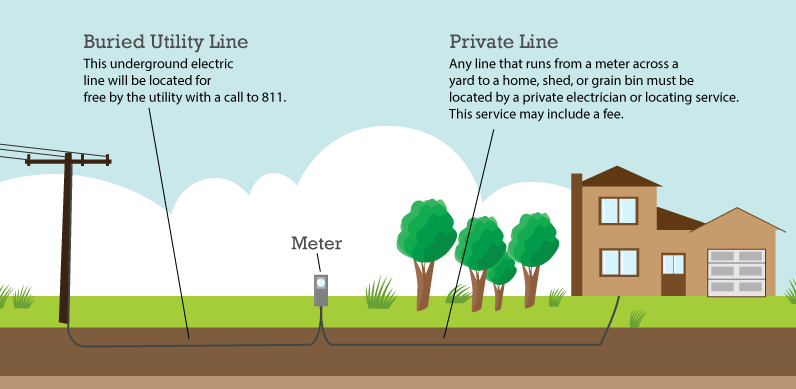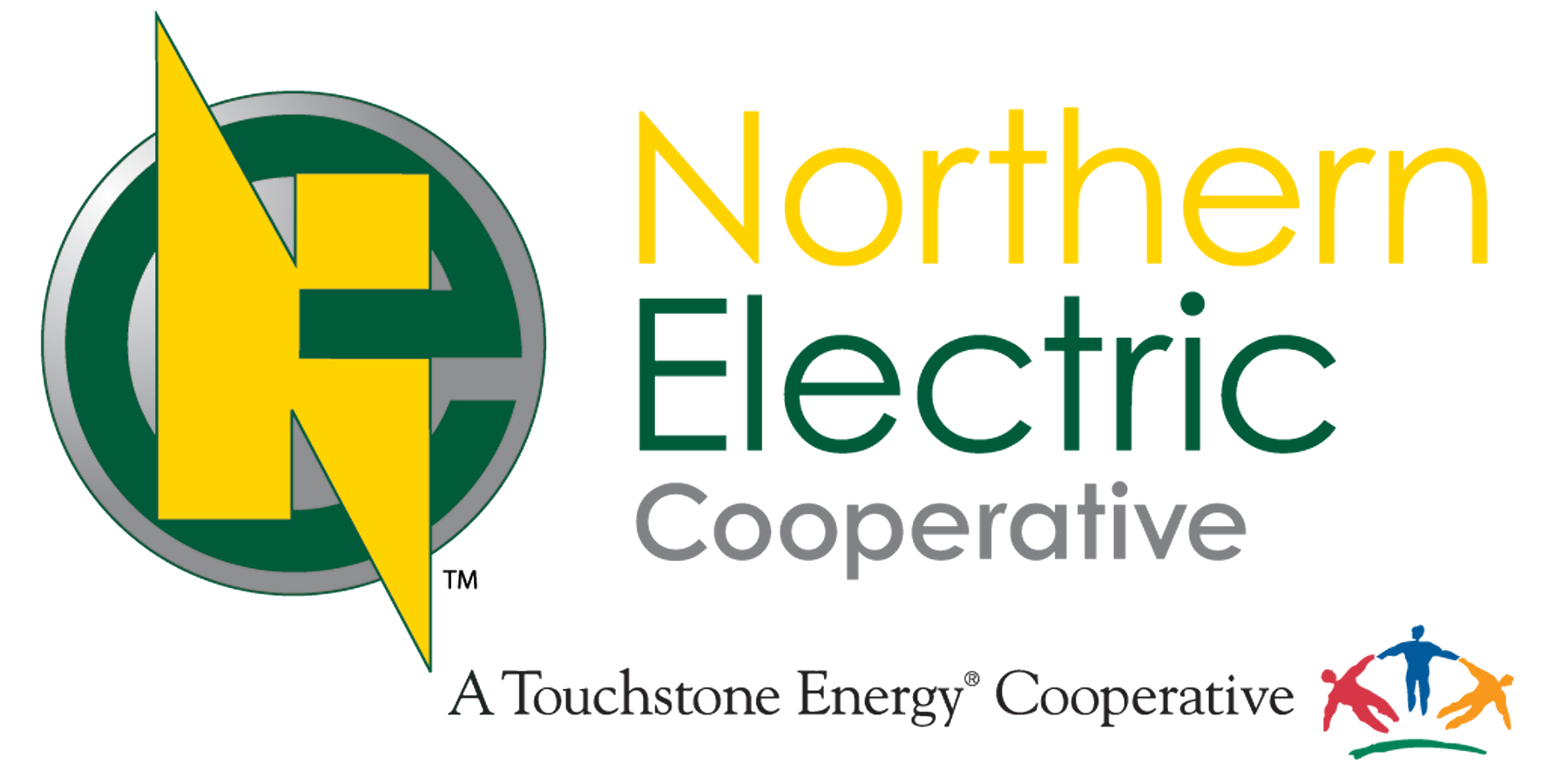Call 811 before you dig. It is a simple request which sets in motion a string of crucial notifications to local utilities.
Once that call is made, utilities have the responsibility to identify buried infrastructure in an effort to protect homeowners and contractors from potential injury and damage to underground utilities.
“It’s all automatic,” South Dakota 811 Executive Director Larry Janes said. “Once that ticket is entered it goes out.”
Homeowners and excavators must call 811, or fill out a utility-locate ticket online at www.southdakota811.com, at least two business days before they begin any digging project of 12 inches or deeper. When a request is made from South Dakota it is received by a dispatch center in Texas. The 811 database automatically identifies all utilities that may have infrastructure in the proposed digging area.
“Any facility that crosses that property is either notified by email, a fax, or call,” Janes said.
If Northern Electric Cooperative has lines located near the area an email is automatically sent to the dispatch center at the co-op headquarters in Bath.
“We go through every one of them and look them up to see if we need to respond to the ticket,” Northern Electric Cooperative Dispatch and Engineering Aide Rene Waldman said.
Waldman estimates Northern Electric receives 20 to 30 requests to locate buried electrical lines every day during the prime digging season in South Dakota. Every digging request is mapped by Waldman and Operations/Dispatch Aide Aaron Nuhsbaumer. They look at the co-op’s maps to determine if Northern Electric has underground infrastructure in the excavation area.
“We have a map of our lines and we know where they are,” Northern Electric Operations Manager Jerry Weber said.
If there are lines in the area, a crew member is sent out to locate the lines within two business days of the request. One Northern Electric line crew member is typically designated to locate underground utilities every day during the summer and the digging season.
When the Northern Electric crew member arrives at the property of the proposed excavation, they will open up the green pad-mount box where the underground connections are located and connect an inductive clamp around the line. The clamp sends a signal through the buried line so the crew member can mark a more precise location of the line. All buried electrical lines are identified with red spray paint and red flags. Any digging within 18 inches of that area must be done by hand with a shovel.
Privately-Owned Utility Lines
Northern Electric Cooperative only locates electrical lines that the co-op has buried, mapped, and registered with South Dakota 811. This is a free service for homeowners and contractors.
“Every utility, that enters the public right of way is required by law to provide maps of their facility,” Janes said.
However, secondary electrical lines and utilities that are buried by private contractors on private property, and are not registered with South Dakota 811 are not located for free with a call to 811. Property owners must hire a private contractor to locate underground lines which may be buried from the main meter to a home, shop, or another facility with electricity.

“We do not locate beyond the meter. We do not locate the consumers’ wires,” Weber said.
Many electricians or private locating companies can identify privately-owned buried utilities. It requires an extra call, and private contractors usually charge a fee for the service, but it is a small price to pay to avoid the damage and potential injury that would be caused by contacting a buried utility line.
Homeowners and excavators should remember that safety needs to be the top priority of any digging project where underground utilities may be buried. Calling 811 to have those utilities located is always a good way to start a safe and successful project.
By: Ben Dunsmoor
5/23/2019
